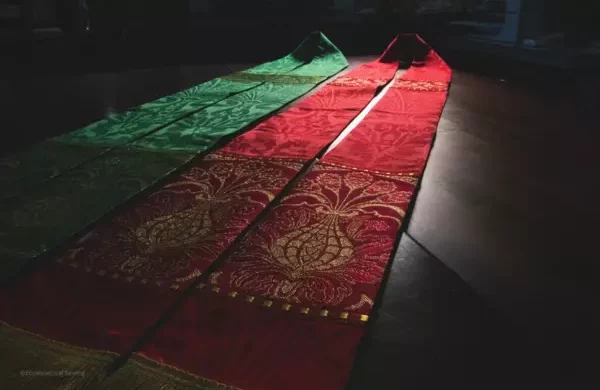
Saint Nicholas of Myra, a 4th-century bishop in modern Turkey, is famed for his secret gifts of gold to save three sisters from poverty. Celebrated on December 6th, he is known for his kindness, charity, and defense of Christian doctrine. His legacy inspires hidden acts of kindness and strong faith.
Like this:
Like Loading...
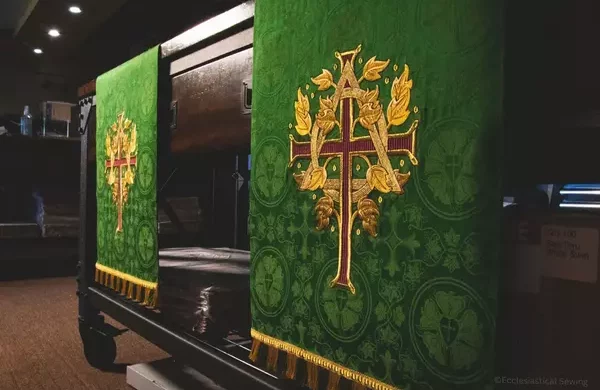
After the Ninety-Five Theses, Martin Luther’s ideas spread rapidly via the printing press. He translated the New Testament into German, promoting Protestantism and establishing the Lutheran Church. The “Luther Rose,” his seal, symbolizes faith, joy, and eternal life.
Like this:
Like Loading...

Martin Luther, born in 1483, became a monk and theologian after a life-changing lightning storm. In 1517, he nailed his Ninety-Five Theses to the Wittenberg church door, criticizing the Catholic Church’s sale of indulgences. This sparked the Protestant Reformation, challenging the Pope’s authority and advocating for scripture and Bible translations into common languages.
Like this:
Like Loading...

St. Michael’s Prayer, composed by Pope Leo XIII in 1886 after a dramatic vision, seeks protection from Satan. Initially recited by priests after Low Mass, it became widespread until the 1960s liturgical reforms. Despite this, it remains a popular devotional prayer, especially during spiritual conflicts. Pope John Paul II revitalized its use in 1994, encouraging Catholics to recite it for protection against evil.
Like this:
Like Loading...
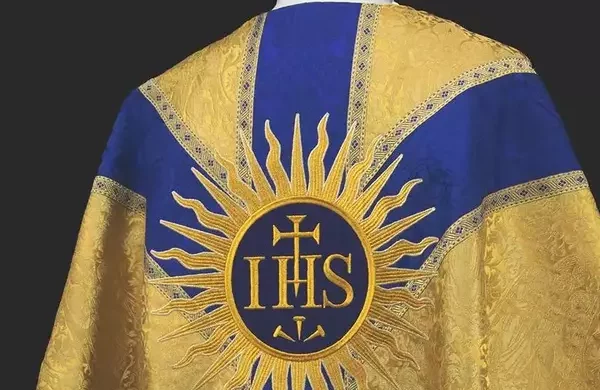
Gold is the rarest and most cherished color used in liturgical vestments, symbolizing the highest form of rejoicing and the divine light of Christ. It is prominently featured during Christmas, Easter, and significant feast days for Our Lord, the Blessed Virgin Mary, the angels, and non-martyr saints. Gold vestments date back to the 9th century, becoming more widespread by the 12th century, especially among high-ranking clergy.
Like this:
Like Loading...

Discover the elegance of the Dayspring White Gold Priest Chasuble. Crafted from durable Lichfield Brocade with gold orphrey bands and a majestic cross, it’s perfect for Christmas, Easter, and other special liturgical celebrations. Personalize with optional enhancements from the Dayspring Collection to suit your congregation’s spirit.
Like this:
Like Loading...
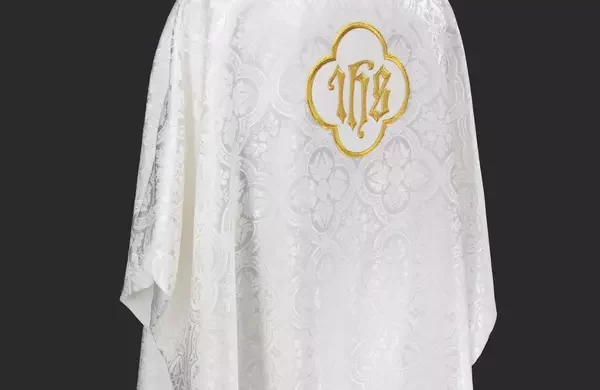
The Church, portrayed as the Bride of Christ, beautifully illustrates the profound love and faithfulness between Christ and His followers. This metaphor highlights a deep, sacrificial love akin to a marriage, as described by St. Augustine and St. John Chrysostom. It emphasizes the Church’s role in reflecting Christ’s purity and maintaining a loving relationship with Him. Ultimately, it points to a joyous future union with Christ, celebrated as the marriage supper of the Lamb in Revelation—a testament to the enduring bond between Christ and His Church.
Like this:
Like Loading...

We just finished a special Epiphany set that’s different from our usual work. Using white and green fabrics, we connected the Christmas season to Lent. Our green Luther Rose brocade and white accents make this set truly special for worship. We’re now thinking about a new set with darker green Winchester fabric and elegant Venezia tapestry. Want to see our creations and what’s coming next? Visit our Facebook Page to know more!
Like this:
Like Loading...

Stoles made of silk and wool are integral in Roman Catholic, Anglican, Lutheran, and Orthodox traditions, honoring sacred spaces and expressing denominational identity through intricate designs. Explore its ancient origins from Roman officials’ attire to symbolizing ministry duties
Like this:
Like Loading...
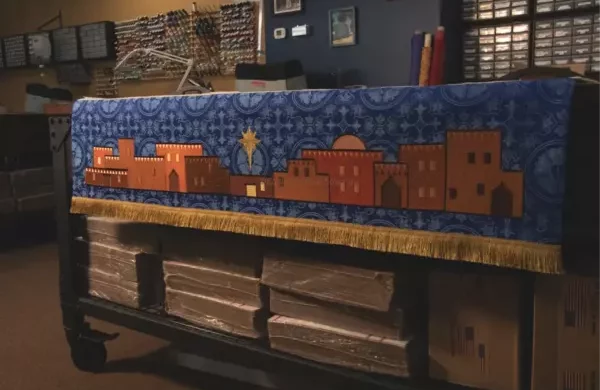
Discover the City of David Superfrontal and Advent Collection, filled with religious symbols. It represents Messianic prophecies and Christ’s lineage, reminding of His coming. Add beauty to your space with stunning designs like the O’ Sapientia, depicting God’s wisdom. Customize these pieces to fit different religious settings.
Like this:
Like Loading...
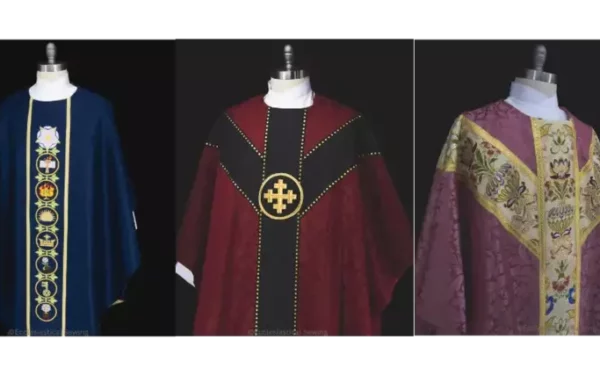
Check out our latest custom chasubles on Facebook. They show beautiful designs in both traditional and modern styles for all church seasons. Our skilled seamstresses handcraft each piece with premium fabrics, ensuring every detail matches your vision. Use our summer off-peak season to order your Advent and Christmas sets without the rush. Book now to make sure your festive preparations are ready, as we get busy quickly during our peak season.
Like this:
Like Loading...
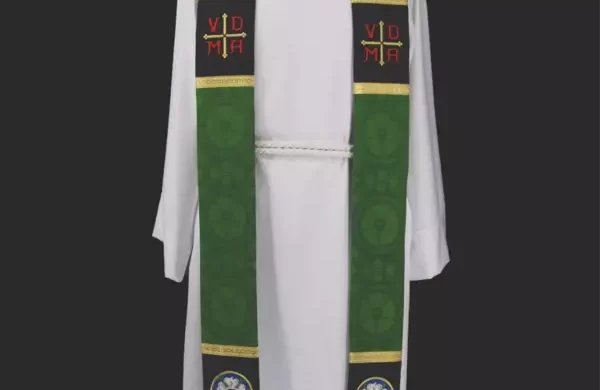
Get ready for ordination season with our diverse selection of custom-tailored liturgical stoles. We offer a variety of styles, sizes, and colors to suit everyone. Place your order early to ensure a perfect fit and make your special day unforgettable.
Like this:
Like Loading...

Explore our extensive collection of sewing patterns for crafting your own vestments! From timeless classics to a wide variety of designs, we’ve got you covered. Happy sewing!
Like this:
Like Loading...
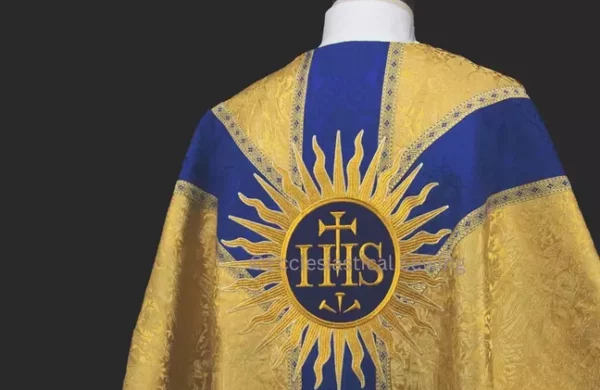
Keep stoles and vestments pristine with these tips: avoid washing, spot clean when necessary, and store in a cool, dark place. Prevent creasing and damage during travel, and don’t eat or drink while wearing them. With proper care, they can last over 50 years.
Like this:
Like Loading...
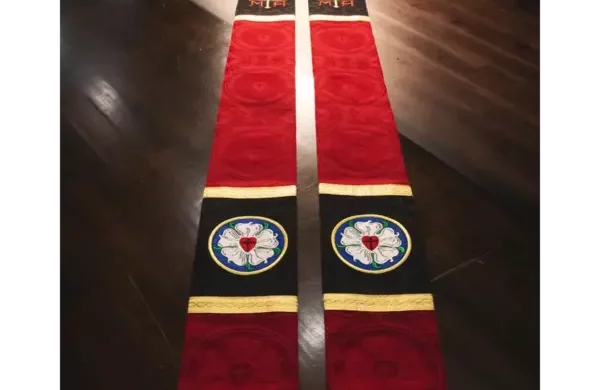
Experience the joy of ordination season with our custom stoles, symbolizing your commitment and faith journey. Choose from a variety of styles, shapes, and colors to suit your preference. Order now to ensure timely delivery and make your special day unforgettable.
Like this:
Like Loading...
















You must be logged in to post a comment.